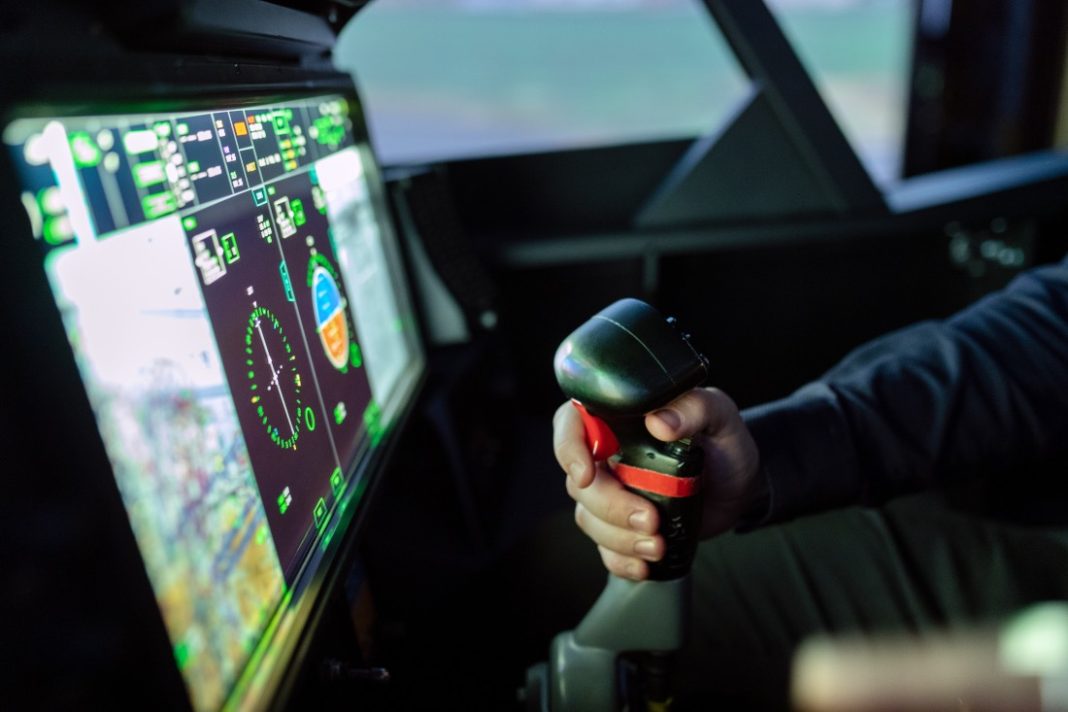As we move into 2025, the integration of artificial intelligence, AI, and robotics into various sectors has reached unprecedented levels. These technologies are not only transforming industries but also reshaping everyday life and the global economy. This article explores the advancements in AI and robotics and their profound impact on our world.
1. Transforming Industries
a. Manufacturing and Automation
AI and robotics have revolutionized manufacturing, making production processes faster, more efficient, and highly flexible. Advanced robots equipped with AI can perform complex tasks with precision and adapt to new assignments quickly.
i. Smart Factories
The concept of smart factories, driven by AI and the Internet of Things (IoT), has become a reality. These factories use interconnected machines and sensors to optimize production in real-time, reducing waste and increasing output. Predictive maintenance powered by AI ensures minimal downtime by forecasting equipment failures before they occur.
b. Healthcare and Medicine
The healthcare industry is experiencing a significant transformation due to AI and robotics. These technologies are improving patient outcomes, enhancing diagnostics, and streamlining administrative processes.
i. Robotic Surgery
Robotic-assisted surgeries are becoming more common, providing surgeons with enhanced precision and control. AI-driven robots can perform minimally invasive procedures, reducing recovery times and minimizing the risk of complications.
ii. AI in Diagnostics
AI algorithms are being used to analyze medical images, detect diseases at early stages, and personalize treatment plans. Machine learning models can process vast amounts of data quickly, identifying patterns that might be missed by human doctors.
c. Agriculture
AI and robotics are driving efficiency and sustainability in agriculture, addressing challenges such as food security and environmental impact.
i. Precision Farming
Precision farming uses AI to analyze soil conditions, weather patterns, and crop health. Drones and autonomous robots can plant seeds, apply fertilizers, and harvest crops with high accuracy, optimizing resource use and improving yields.
ii. Automated Livestock Management
Robots equipped with AI are also being used in livestock management, monitoring the health and well-being of animals. These systems can detect signs of illness early, ensuring timely intervention and reducing the spread of diseases.
2. Enhancing Everyday Life
a. Smart Homes
AI-powered smart homes are enhancing comfort, security, and energy efficiency. Devices such as smart thermostats, lighting systems, and security cameras can learn user preferences and adjust settings automatically.
i. Voice Assistants
Voice-activated AI assistants like Amazon’s Alexa, Google Assistant, and Apple’s Siri have become integral to daily life, helping users manage schedules, control smart devices, and access information effortlessly.
b. Autonomous Vehicles
Self-driving cars and delivery robots are reshaping transportation and logistics, promising safer roads and more efficient delivery systems.
i. Improved Safety and Efficiency
Autonomous vehicles use AI to navigate and respond to traffic conditions in real-time, reducing the risk of accidents caused by human error. In logistics, AI-driven robots are optimizing last-mile delivery, reducing costs, and speeding up services.
3. Impact on the Global Economy
a. Job Transformation
The widespread adoption of AI and robotics is transforming the job market. While some jobs are being automated, new opportunities are emerging in fields such as AI development, robot maintenance, and data analysis.
i. Upskilling and Reskilling
To adapt to this changing landscape, there is a growing emphasis on upskilling and reskilling the workforce. Educational institutions and companies are offering training programmess to equip workers with the skills needed for the AI-driven economy.
b. Economic Growth
AI and robotics are driving economic growth by increasing productivity and enabling the creation of new industries and markets.
i. Innovation and Entrepreneurship
These technologies are fostering innovation and entrepreneurship, with startups developing AI solutions for various applications. This wave of innovation is attracting investments and generating economic activity.
c. Global Competitiveness
Countries investing in AI and robotics are gaining a competitive edge in the global market. Governments are formulating policies and investing in research and development to become leaders in these fields.
4. Ethical and Societal Considerations
a. Privacy and Security
The integration of AI and robotics raises important ethical and societal questions, particularly concerning privacy and security. Ensuring that these technologies are used responsibly and that personal data is protected is paramount.
b. AI Ethics
There is an ongoing debate about the ethical implications of AI, including issues of bias, transparency, and accountability. Developing ethical guidelines and regulations is crucial to ensure that AI benefits society as a whole.
c. Workforce Displacement
The potential displacement of jobs by automation is a significant concern. Addressing this challenge requires a coordinated effort to provide social safety nets and support for those affected by job displacement.
Moving Forward with Intention
In 2025, AI and robotics are at the heart of a technological revolution, transforming industries, enhancing everyday life, and driving global economic growth. As these technologies continue to advance, they offer immense potential to improve efficiency, productivity, and quality of life. However, realizing this potential requires addressing ethical considerations, ensuring data privacy, and supporting workforce transition. By navigating these challenges, we can harness the power of AI and robotics to build a more prosperous and equitable future.







